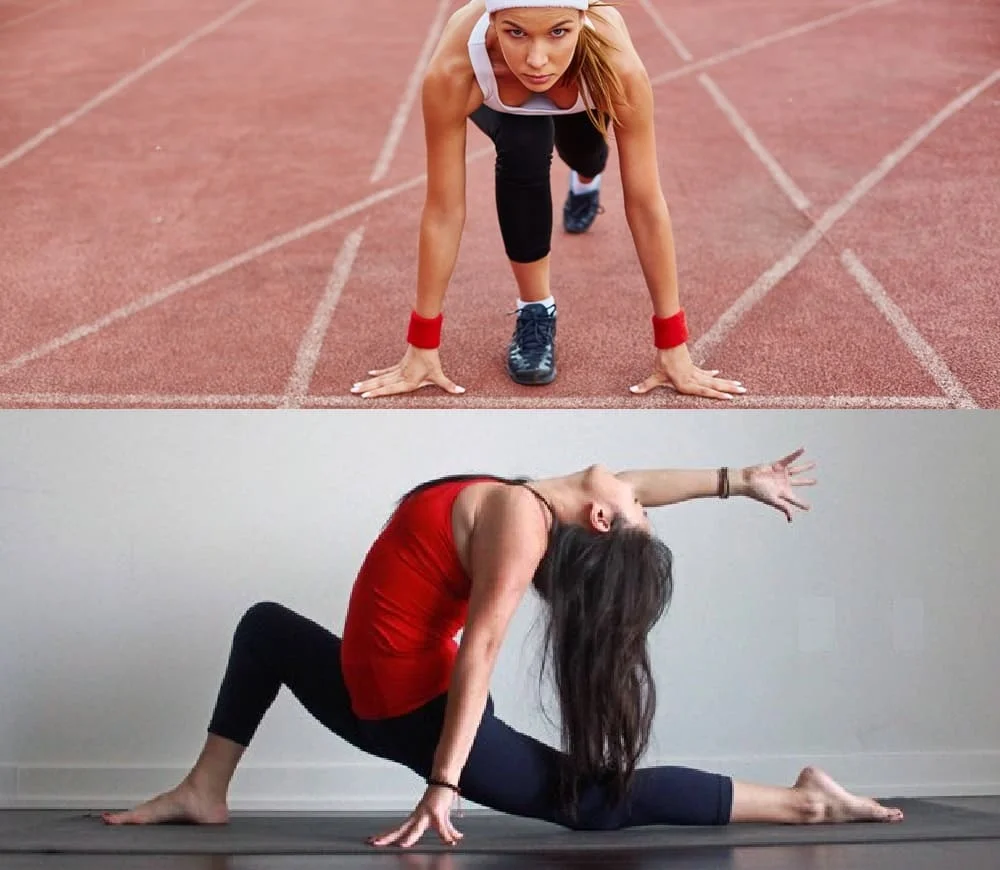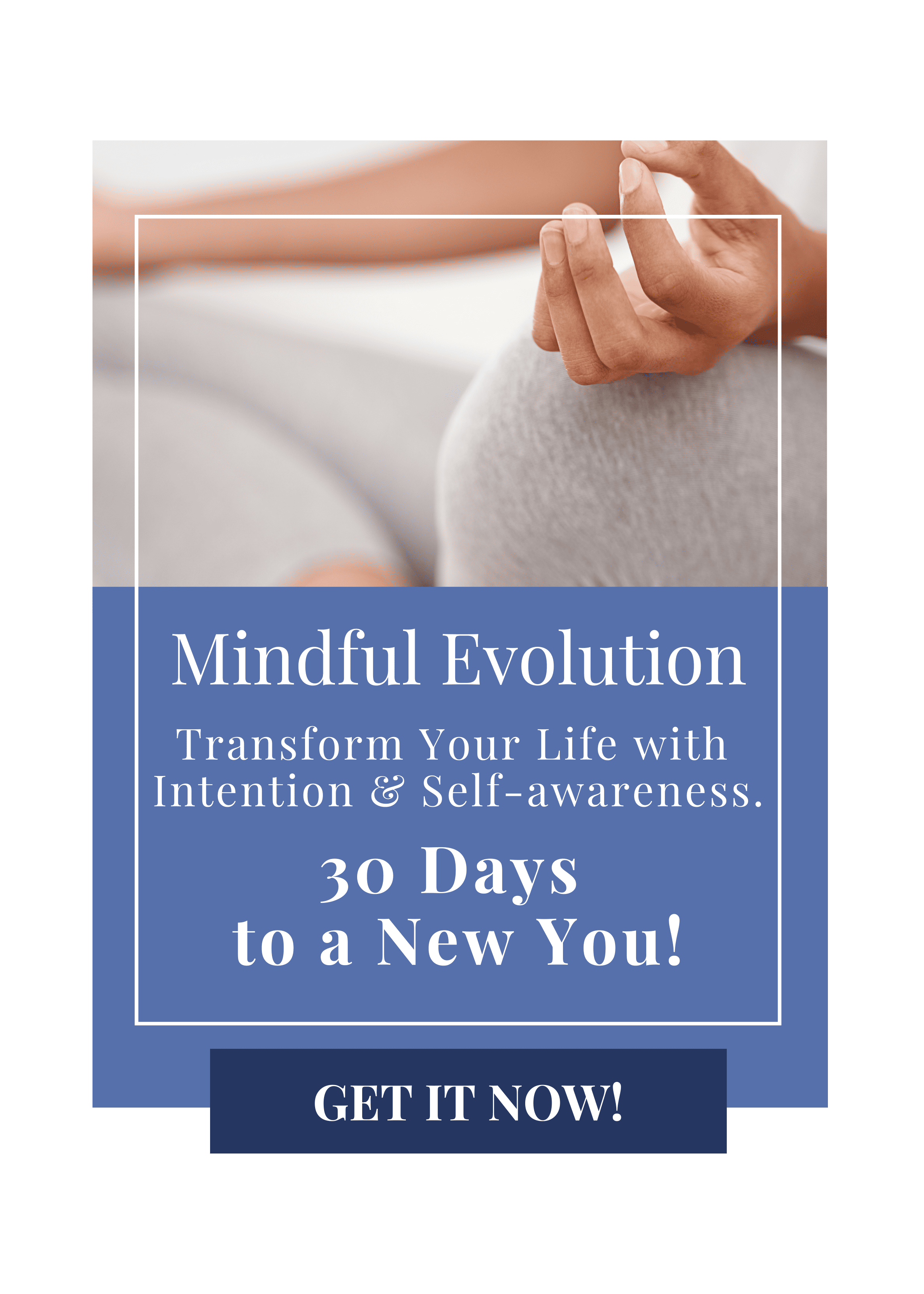The ultra-short answer is: YES
See, this could be my shortest blog post to date, there are so many good arguments and reasons why running and yoga go so well together, that my biggest problem here is to limit myself and focus on the most important ones so that I don’t end up with the longest blog post ever instead.
Running is popular
Running is one of the most widespread forms of exercise. Not only are there many who run as a primary form of exercise, but it is also often a part of many other forms of exercise that include an element of endurance such as football, handball, cycling, tennis, basketball, and volleyball.
The very uniform repeating movement pattern in running, however, can be very taxing on the body. Every time the foot hits the ground, the body is loaded with 2-3 times the body weight. This impact propagates up through the body and strains muscles, tendons, bones, and joints. In particular, muscles, ligaments, and tendons in the foot, lower leg, and knee are exposed to a massive stress load.
Yoga as a form of exercise is just obvious as a complement to monotonous training patterns and the strains it can cause.
One of the biggest misconceptions about yoga is that it is only about flexibility. Yoga is about balancing strength and flexibility, all poses are performed with a focus on creating balance, mentally as well as physically.
Balance
For runners, it is of great importance that there is a balance between strength and flexibility; in muscles and joints, front and back of the body, right and left side of the body, and upper and lower body. Without this balance, individual muscles will be forced to take over the work of other weaker muscles, resulting in tight muscles becoming tighter and weak muscles becoming weaker.
As the muscles are the body’s natural shock absorbers, they should be soft, strong, and flexible. Tight hard muscles increase the risk of rubbing the joints and tearing the muscles. Tense muscles limit your mobility, and the body has to use more energy to perform individual movements.

You might also like “5 things yoga and running have in common“
Injuries
Injuries and pain in connection with running are a major and recurring problem for many runners. With yoga as a permanent part of your running training, you have an injury prevention training system that can help prevent and, should an accident occur, remedy injuries. Injuries and pain can occur as sudden incidents but are not always related to incidents in direct connection with the training itself. They are often also due to imbalances that are created in the body over time and which are reinforced and worsened through repetitive monotonous training.
If your muscles are not initially flexible and have the full flexibility and strength for what you require of them, they will instead get this from other muscles and joints, which in turn means overuse of individual muscles or muscle groups. The result is, that you get tired faster, experience pain, and open yourself up to injury.
Yoga
With yoga you restore the balance in the body, you achieve a physically more flexible and stabile body, and you not only become better able to manage and economize your energy but also to read, understand, and act on the signals the body sends, this is particularly important in connection with sports such as running that releases endorphins.
Endorphins can help blur the body’s signals, making it difficult for you to read them. By becoming better at understanding the body’s signals, you will on a given day be able to respect the body’s limits, react appropriately, and thus avoid injuries and achieve a better use of the resources you have.
Also, check out the article “5 things yoga and running have in common“

To maintain focus
In addition to increased balance, strength, and flexibility, you also achieve a better mental focus and improved concentration skills with yoga. Both parts help to create space for you to act more appropriately in connection with challenges.
Yoga can teach you to handle stressful situations better. By virtue of the challenges the various yoga poses offer, you will be forced time and time again to find and explore your own limits, not only do you work to accept and respect your body’s limitations, but you also learn to be right there on the edge, where you quietly push to your limits.
In a deep forward bend, standing balance, or twist, you learn e.g. to be present in a challenging physical situation. Yoga shows you how, by applying a concentrated focus on the form of the pose, the body’s signals, and the breath, instead of opposing the situation, you can learn to handle and accept being in an uncomfortable position for a longer time.
This is a tool that is indispensable for a runner who, among other things, in connection with longer runs often encounters “the wall” or other mental and physical challenges. Yoga opens up the communication between mind and body, and it makes you better at being in your body in stressful situations. You learn to let go of any tension in the body, relax, and make room for challenging and uncomfortable feelings, and to let them pass through you.

Breathe
Last but not least, working with the breath is an integral part of yoga. Both in the physical poses, breathing exercises, and in connection with meditation, you work with the breath. You get to know your own breathing and how you can use it “to breathe” actively in your everyday life and in connection with your training.
An increased awareness of the breath, its function, and how you can actively process it, gives you a barometer and focus point that you can always return to in connection with your training. The breath as a tool can help improve your oxygen intake, enable you to stay focused for longer, create flow in your running, and enable you to influence your performance level.
If you’re still sitting with a small amount of doubt as to whether yoga is something for you, here is a short (non-exhaustive) list of some of the benefits of supplementing your running training with yoga:
Yoga can complement your running training.
- Yoga is a holistic exercise for both body and mind.
- Yoga increases concentration and focus skills.
- Yoga creates improved balance and stability, in the body as well as the mind.
- Yoga prevents injuries and promotes healing after injuries.
- Yoga increases your energy level.
- Yoga can increase flexibility in the hips, which equates to increased power and strength.
- Yoga gives you improved breathing and breathing tools, which can increase your oxygen intake.
- Yoga increases your body awareness.
- Yoga helps to limit stress.
- Yoga improves your sleep quality.
…
In short, when you bring your body and mind into balance with yoga, you will be able to run longer, and faster and be better able to prevent and prevent injuries.






